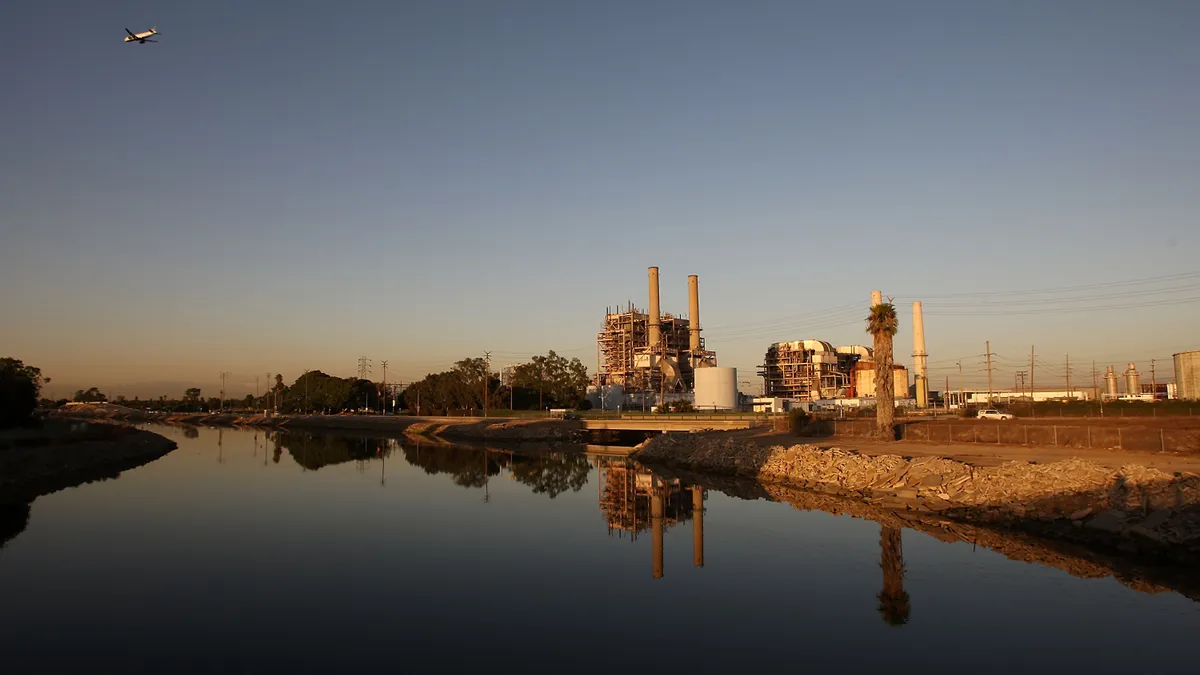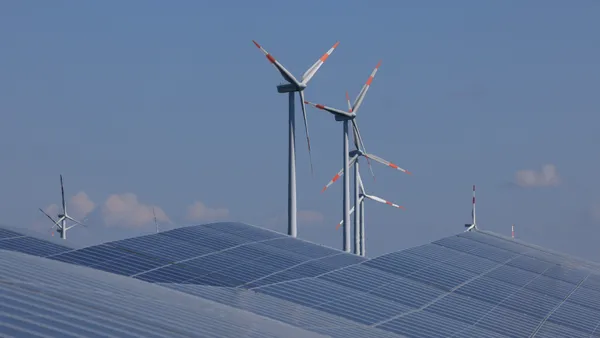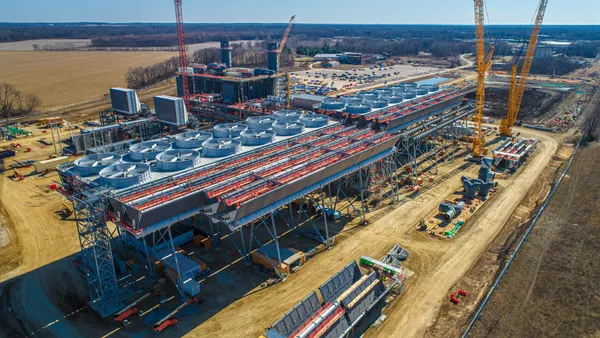Dive Brief:
- Natural gas bested coal in terms of power generation on an annual basis across the United States for the first time last year. But according to the U.S. Energy Information Administration, the close competition belies stark regional differences, and low gas prices has has shaken power markets.
- While coal remains the dominant generation fuel in the Midwest, natural gas has dominated Northeast electricity generation since February 2011.
- Gas plants have spread widely across the United States in recent years. In the last decade and a half, EIA said almost 228 GW of new gas-fired capacity was added "far exceeding retirements of 54 GW."
Dive Insight:
While the Midwest continues to rely heavily on coal-fired power plants, gas plants are becoming the norm in almost every other region. The only state without a gas plant, EIA notes, is Vermont.
And coal's decline is unlikely to be stemmed despite efforts by President Trump and his administration. In the past 15 years during gas' rapid expansion, 20 GW of coal-fired capacity was added—but more than 53 GW was retired.
"The competition of coal and natural gas for electricity generation plays an important role in setting wholesale electricity prices," EIA said in its analysis. "The changing use of natural gas and coal in electricity generation also has implications for the production, transport, and storage of coal and natural gas."
In the near-term, the power mix is largely determined by natural gas prices. Coal generation exceeded gas this winter, as prices rose, but EIA believes that will again reverse over the hotter summer months. Total generation will be lower this June, July and August, compared with last summer, but EIA believes gas' share will be about 34%, and coal's about 32%.
The Midwest is the only area of the country in which coal fuels more than half of summer electricity generation — about 54% according to EIA.
"In other regions, no single fuel provides the majority of electricity generation during the summer," the agency said. The Northeast and South regions are close — natural gas accounts for an expected 44% and 43% of total summer generation, respectively.















